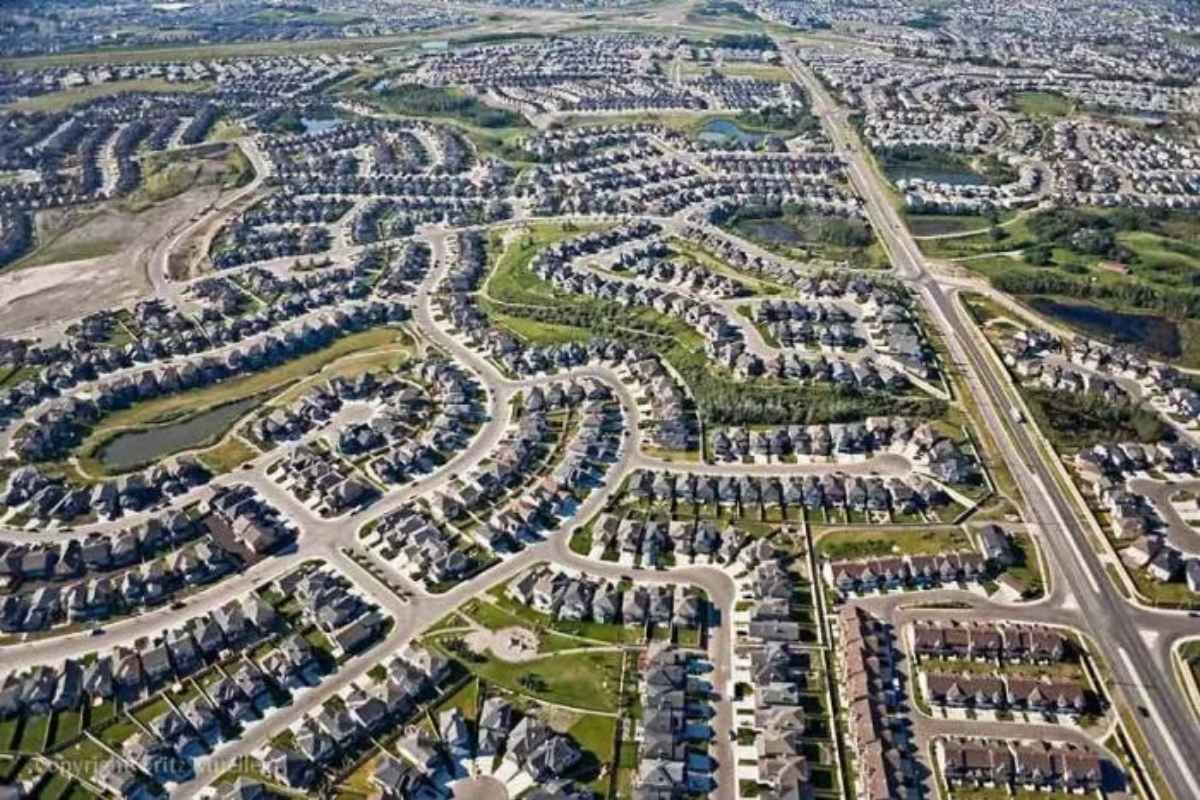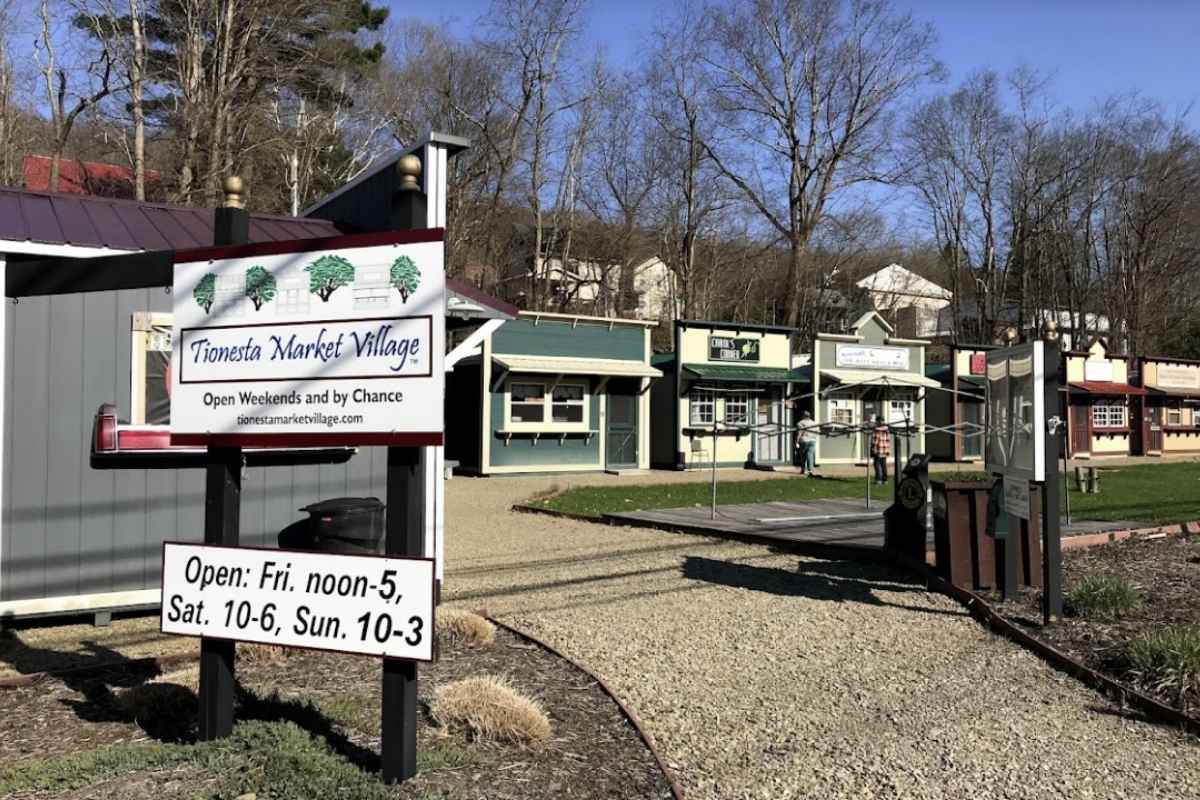For decades, urban centers like New York, Los Angeles, and Chicago have been the epicenters of economic growth, culture, and opportunity. However, in recent years, a significant shift has taken place: Americans are moving away from big cities and settling in suburban and small-town areas. This migration, accelerated by remote work, rising urban living costs, and changing lifestyle preferences, is transforming small towns into thriving new urban hubs. But what is driving this movement, and how are these towns adapting to their newfound popularity?
The Key Drivers Behind the Suburban Boom
Several factors are fueling the rapid growth of suburban and small-town communities:
1. The Remote Work Revolution
The COVID-19 pandemic forced companies to embrace remote work, proving that many jobs could be done from anywhere. This newfound flexibility has allowed professionals to relocate to suburban and rural areas without sacrificing their careers. As a result, once-overlooked towns are seeing an influx of educated workers and entrepreneurs.
2. High Cost of Living in Major Cities
With skyrocketing housing prices, increased taxes, and expensive daily expenses, big cities have become unaffordable for many. In contrast, small towns offer more affordable housing, lower property taxes, and a generally lower cost of living, making them an attractive alternative.
3. Improved Infrastructure and Connectivity
Advancements in internet technology, high-speed fiber-optic networks, and better transportation options have made living in suburban and rural areas more practical. Many small towns are investing in infrastructure to support their growing populations, including upgraded public transit, better roads, and enhanced digital connectivity.
4. Changing Lifestyle Priorities
More Americans are prioritizing work-life balance, green spaces, and community engagement over the hustle and bustle of city life. Small towns offer a slower pace, cleaner air, and more opportunities for outdoor recreation, making them especially appealing to families and retirees.
5. Business and Economic Growth
With the influx of new residents, small towns are experiencing economic revitalization. Local businesses are thriving, new restaurants and shops are opening, and entrepreneurial opportunities are expanding. Additionally, some states are offering tax incentives to attract remote workers and businesses to relocate.

How Small Towns Are Transforming into Urban Hubs
As the population of small towns grows, these areas are adapting to meet the demands of their new residents. Here’s how they are evolving:
1. Emerging Business Districts
Once-sleepy downtowns are being revitalized with co-working spaces, trendy cafés, and modern retail centers. Tech startups, freelancers, and small businesses are setting up operations in suburban areas, leading to a surge in local economic activity.
2. Cultural and Entertainment Expansion
Small towns are no longer just quiet retreats; they are becoming vibrant cultural centers. Music festivals, art galleries, farmers’ markets, and community events are bringing a new level of excitement to suburban life.
3. Educational and Healthcare Improvements
To accommodate new residents, towns are investing in better schools, colleges, and healthcare facilities. New hospitals, wellness centers, and educational institutions are being developed to support the growing population.
4. Sustainable and Smart Development
Many growing towns are focusing on sustainable urban planning, implementing green spaces, pedestrian-friendly streets, and renewable energy projects to create eco-friendly environments for their communities.

Challenges of the Suburban Boom
While the suburban boom has many benefits, it also presents challenges:
- Housing Shortages: Increased demand is driving up home prices, making affordability an issue in some towns.
- Strain on Infrastructure: Roads, schools, and utilities must expand quickly to keep up with the population growth.
- Cultural Tensions: Longtime residents and newcomers sometimes clash over changes in town culture and governance.
The suburban boom is reshaping the American landscape, turning small towns into modern, dynamic urban hubs. With strong economic growth, improved infrastructure, and a focus on sustainability, these communities are proving that big-city living is no longer the only path to success and fulfillment. As this trend continues, small towns will play an increasingly important role in the future of American life.


